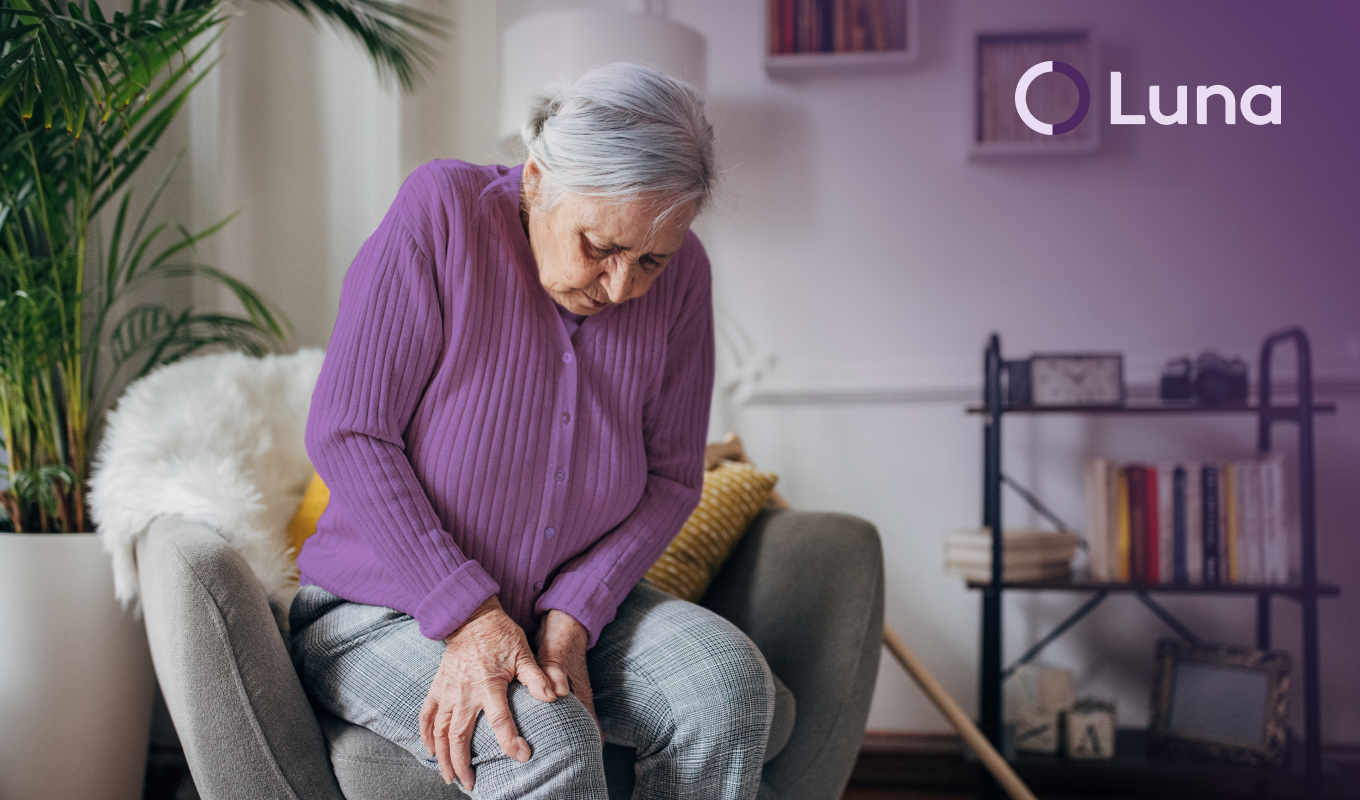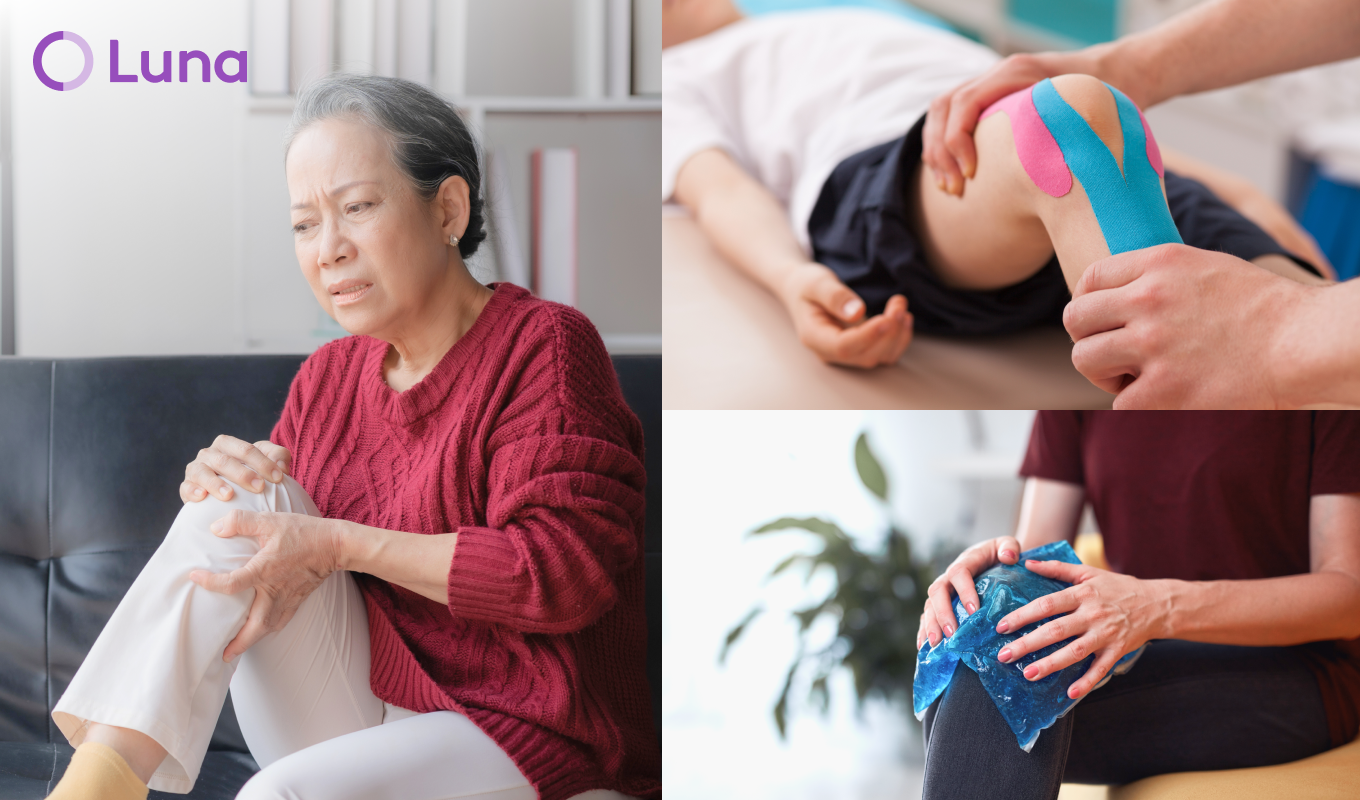![Separator]()
What causes knee pain?
Knee pain can be caused by injury, mechanical problems, or existing conditions like arthritis. Events like a fall, impact or sudden change in direction can tear the ACL or meniscus, break a bone, or induce bursitis and/or tendonitis. Mechanical problems in the knee can include a dislocated kneecap, or iliotibial band syndrome, which is common among runners.
Advanced age, repetitive stress on the knee, or a previous knee injury can put patients at greater risk of incurring a knee injury. Obesity is also a major risk factor; for every pound that a patient is overweight, the knee must absorb an extra four pounds of pressure with each step. Certain athletic activities such as running can increase risk of knee injury, as well.
The most common causes of knee pain include:
- Athletic activity
- Injury
- Obesity
- Advanced age
- Arthritis
Source:
Health Line



















